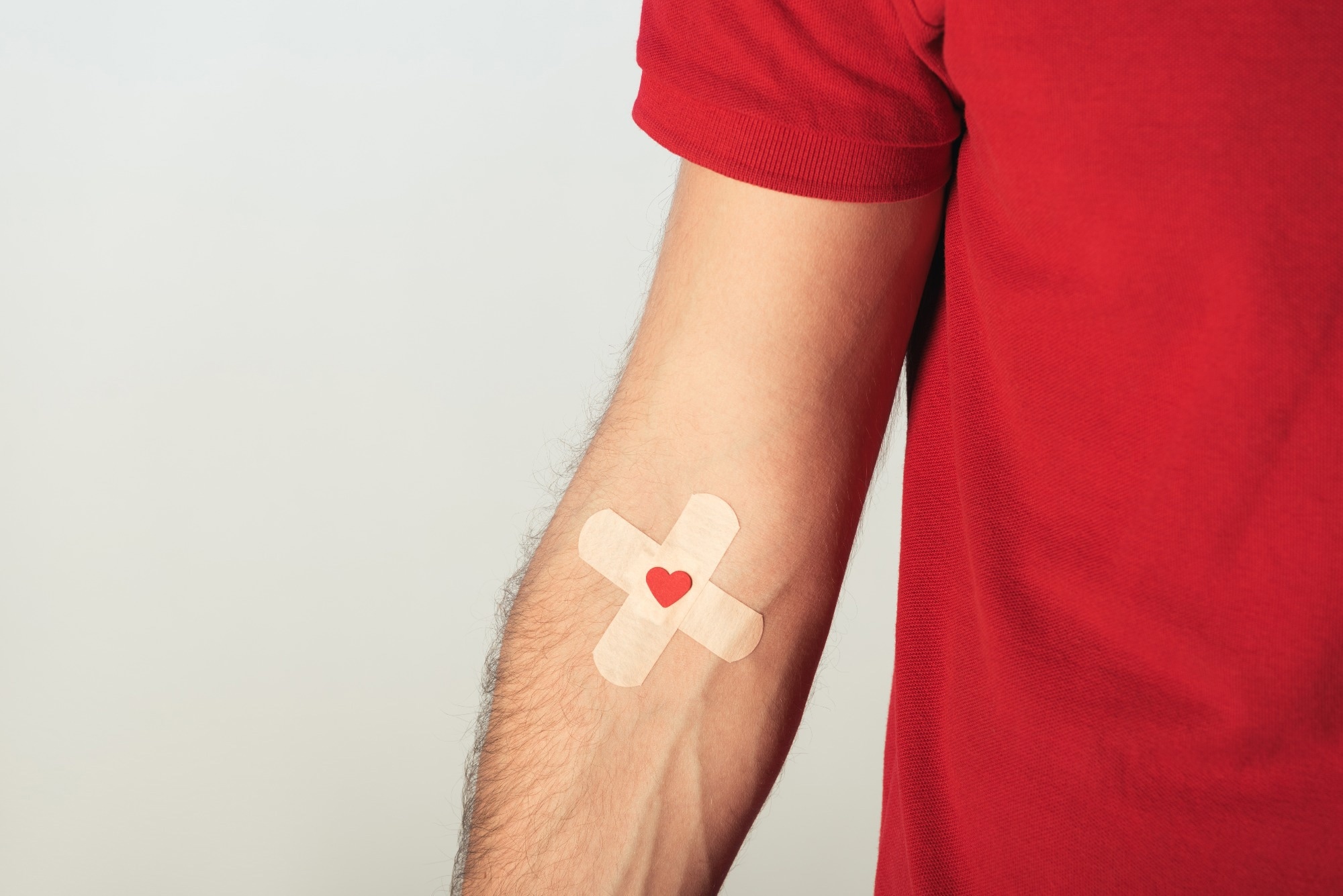Serosurveillance of SARS-CoV-2 in Welsh Blood Donors: A Comprehensive Analysis
Key Highlights :

The COVID-19 pandemic has highlighted the importance of serosurveillance in monitoring SARS-CoV-2 exposure within a population. In a recent study published in the journal Eurosurveillance, researchers set up a surveillance system in Wales, United Kingdom (UK), using residual samples from the Welsh Blood Service (WBS) to gather information on community exposure to severe acute respiratory syndrome coronavirus 2 (SARS-CoV-2). They presented data on the SARS-CoV-2 antibody seroprevalence in these donors stratified by time, region of residence, and demography.
The team carried out SARS-CoV-2 antibody testing using the Roche Immunoassay on blood samples that would be discarded as waste products from blood manufacturing at the biochemistry laboratories at Swansea Bay University Health Board (SBUHB) and Cwm Taf Morgannwg University Health Board (CTMUHB). They tested all samples for antibodies to the SARS-CoV-2 nucleocapsid (N) antigen and for samples taken after 12 April 2021, they also tested for naturally- or vaccine-induced antibodies to the spike (S) antigen. The positive cut-off index (COI) for the N and S antigens was 1 and 0.8 U/mL, respectively.
The researchers used the e801 platform to locally verify the antibody assays. They assessed precision by performing replicate measurements on 25 positive and negative patient pools across five days. Finally, PHW staff retrieved data from the portal, where researchers uploaded data files and aggregated them at four-week intervals to disseminate among all key stakeholders.
In this study, researchers used a low-cost method to acquire blood samples to perform SARS-CoV-2 antibody testing (seroprevalence) for the Welsh population. The anti-N and anti-S antibodies data indicated the cause of seroconversion and provided much-needed information on the distribution of individuals prone to contracting breakthrough infection. The observed temporal variations in SARS-CoV-2 antibody prevalence remarkably pointed to SARS-CoV-2 transmission and coronavirus disease 2019 (COVID-19) vaccine uptake in Wales.
For instance, a consistently high prevalence of anti-S antibodies corresponded to high, continuous vaccine uptake in Wales. Likewise, a steep increase in anti-N antibodies coincided with the advent of Omicron in November 2021. In agreement with previous reports, the authors observed a higher rate of anti-SARS-CoV-2 antibodies in young adults acquired from natural infection. Additionally, they evidenced that the rate of antibody waning was lowest in 18 to 24-year-olds and maximum in people aged ≥70 years.
The age-related gap between seropositivity was due to the staggered eligibility for vaccination. Globally, governments initially prioritized older adults for COVID-19 vaccines, anticipating higher morbidity and mortality rates in this vulnerable population. Due to higher vaccine hesitancy in some ethnic minorities, donors of White ethnicity had a higher seroprevalence of anti-S antibodies than Blacks and Asians. Conversely, they had a higher aggregate prevalence of antibodies due to natural infection than donors of White ethnicity.
On the contrary, a majority (43%) of the sample population lived in South Wales, thus, fully representing the Welsh population concerning residential demography. Further, anti-N antibodies were most prevalent in South Wales and Gwent regions, suggesting the localization of COVID-19 outbreaks to specific postcodes.
Since infection and vaccination histories of repeat donors were unavailable, it is feasible that these individuals could have become re-infected between donations. Thus, the authors could not determine the true seroreversion among these people. They observed that 55% of repeat donors tested negative for N antigen at all study visits, indicating that despite viral transmission peaked several times; yet, many individuals avoided infection.
The observed lower seroconversion rate for anti-N antibodies than anti-S antibodies favored prior findings that anti-N antibodies wane quicker than anti-S antibodies, thus acting as a substitute for re-infection in this study. To summarize, the proportion of Welsh blood donors with vaccine-induced anti-S antibodies surged over time, and most acquired immunity to SARS-CoV-2 by the end of the study. The percentage of donors with anti-N antibodies due to COVID-19 peaked at 80% by November 2022, indicating high disease transmission.
Strikingly, except gender, donor's age, ethnicity, and residence substantially impacted their levels of SARS-CoV-2 antibodies. During the COVID-19-induced pandemic, blood donors-based serosurveillance provided continuous information about population immunity and could continue to do so post-pandemic, which could help policymakers design future public health strategies. This serosurveillance system continues to identify COVID-19 cases despite the discontinuation of free testing for the general population in Wales since June 2022. Furthermore, linking data from serosurveillance systems in Wales could inform public health strategies at a global level.
Overall, this study highlights the effectiveness of serosurveillance in monitoring SARS-CoV-2 exposure within a population and emphasizes the importance of considering demographic variations in antibody prevalence to inform targeted public health strategies.
